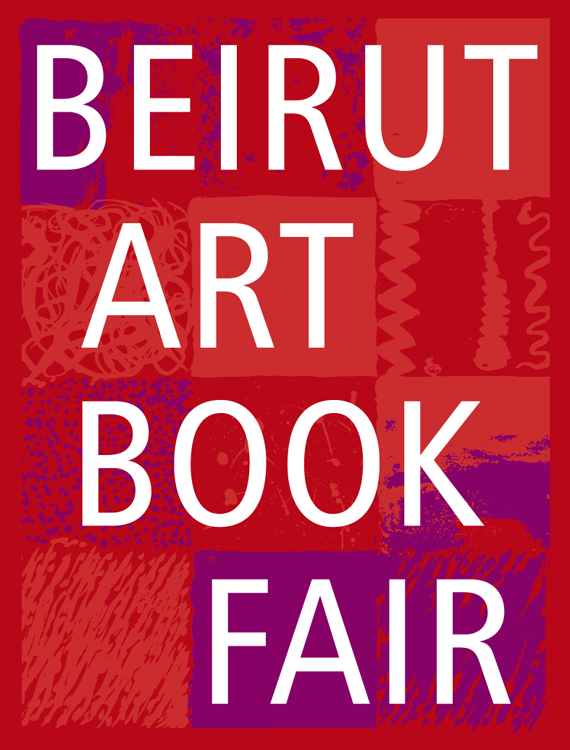
Arts and culture are an integral part of society and life in Mexico, and their many artistic and cultural achievements bring a great sense of pride to Mexicans. Mexican arts and culture are multi-layered and many faceted, reflecting the influences of the ancient and the modern, of its colonial and revolutionary past, as well as its many ethnic, mestizo and indigenous identities.
Mexico has a very rich art history with many of its artists finding inspiration in the country's ancient past and its modern revolutionary and contemporary history. Much of the country's art is preserved in the capital, Mexico City, where more than 200 museums celebrate and show the country's diverse artistic heritage--from pre-Columbian ceramic and jewelry to the religious art of Mexico's vice regal era, and from the world-renowned Mexican muralist masters to the country's famed modern and contemporary artists.
The aim of honoring Mexico at the Beirut Art Book Fair is to showcase the beauty and richness of Mexican culture by presenting a very good sample of art books and other outstanding Mexican publications which exemplify the magic variety and depth of visual and performing arts, architecture, design and photography in contemporary Mexican culture, who has also one of the most dynamic and strong publishing traditions in the Spanish speaking world.
Following the Mexican Revolution, the Mexican government supported the development of a new school of art to break with the dominance of the European tradition. This new movement sought to create a “real” Mexican art that would strengthen and reaffirm Mexican identity and the values of the Revolution. The Mexican Muralist movement was born in the 1920s as a means to provide a visual narrative of the post-Revolutionary vision of Mexican history and was driven by the ideal that art should be “by the public, for the public.”
The strength of this artistic movement was such that it affected newly invented arts such as photography and strongly promoted folk art and crafts as part of Mexico’s identity. Since the 1950s, Mexican art has broken away from the muralist Nationalist movement and has evolved, diversified and turned to be more globalized, integrating elements and influences from Europe, Latin America and Asia, with several remarkable Mexican artists, photographers and filmmakers having great success and impact on the global stage.
